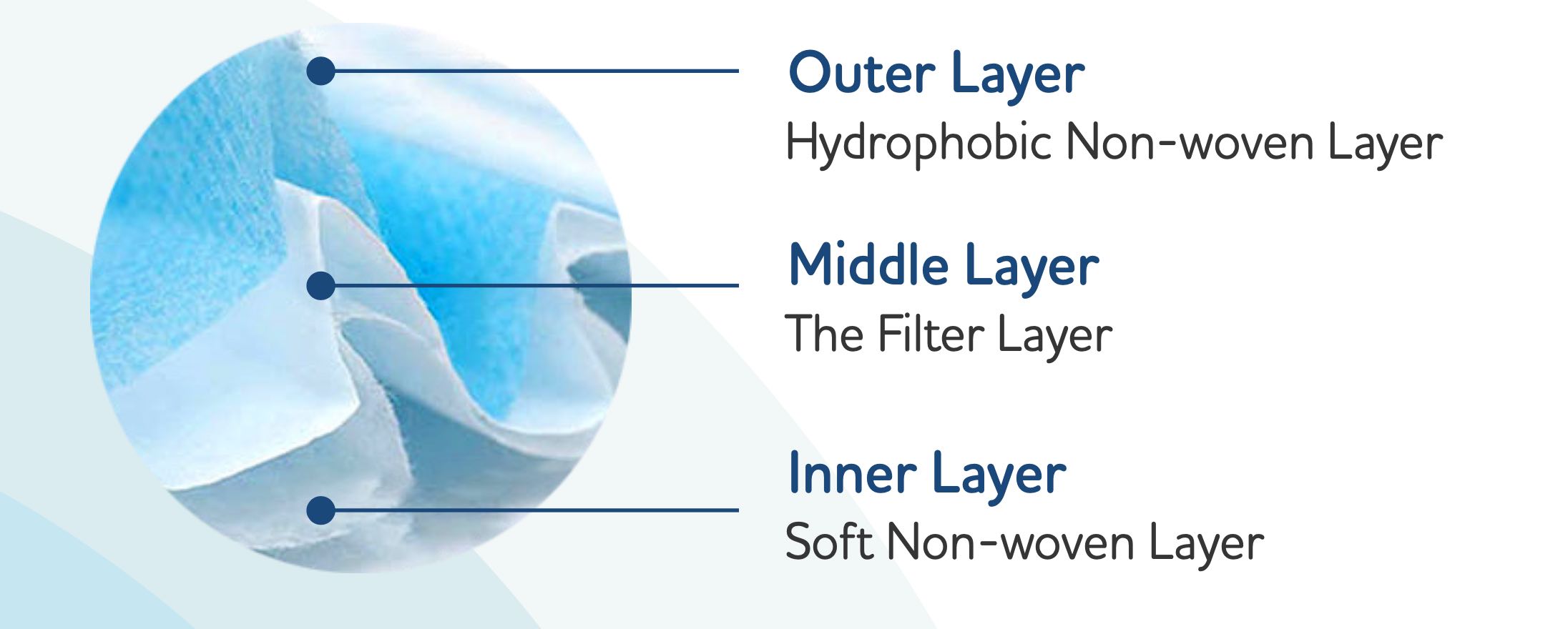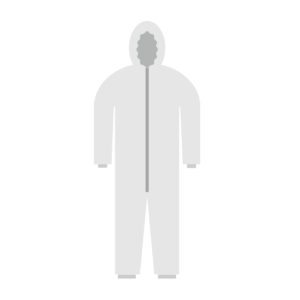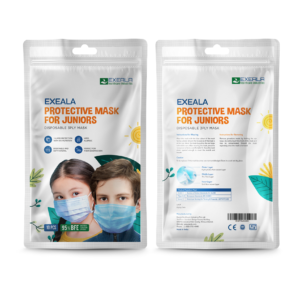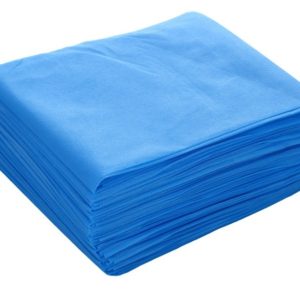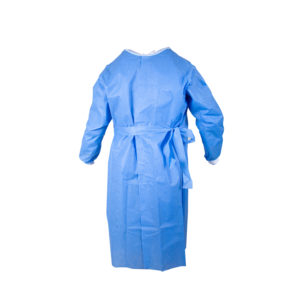A surgical mask is a loose-fitting, disposable protective device that creates a physical barrier between the nose and mouth of the wearer and potential contaminants in the immediate surrounding.
A surgical mask is used inside the operating room or within other sterile procedure areas to protect the patient environment from contamination. It also protects the clinician from contaminated fluid or debris generated during the procedure. Surgical masks have ties so that they can be adjusted for fit, and are tied over top of a surgical cap or a bouffant cap.
Difference between a procedure face mask and surgical mask
| Procedure Face Mask | Surgical Mask |
| A procedure mask is used for performing patient procedures, or when patients are in isolation to protect them from potential contaminants. | A surgical mask is used inside the operating room or within other sterile procedure areas to protect the patient environment from contamination. |
| Has an elastic strap band/ Ear Loop for quick donning. | Has ties so that they can be adjusted for fit. |
| Can be worn without a Bouffant Cap (Nurse Cap) | Has to be worn over a Bouffant Cap (Nurse Cap) to avoid slipping of the ties on the user’s hair. |
How to put on a face mask
- Clean hands with soap and water or hand sanitizer before touching the mask.
- Remove a mask from the box and ensure there are no obvious tears or holes on either side of the mask.
- Determine top side of the mask. The side of the mask that has a stiff bendable wire is the top and is meant to mold to the shape of the nose.
- Determine front side of the mask. The colored side of the mask is usually the front and must be on the outside, while the white side touches your face.
- Bring the mask to your nose level and place the ties over the crown of your head and secure with a bow.
- Mold or pinch the stiff edge to take the shape of nose.
- Then take the bottom ties, one in each hand, and secure with a bow at the nape of neck.
- Pull the bottom of the mask to cover the mouth and chin.
How to remove a face mask
- Clean hands with soap and water or hand sanitizer before touching the mask. Avoid touching the front of the mask. The front of the mask is mostly contaminated. Only touch the ear loops/ties/band.
- Untie the bottom bow first then untie the top bow and pull the mask away from you as the ties are loosened.
- Throw the mask in the trash. Clean your hands with soap and water or hand sanitizer.
Points to be Noted
- Masks must be changed when they become wet with saliva or other bodily fluids, as they lose their protective properties.
- Never reuse, wash or disinfect surgical masks.
- Never share surgical masks with others.
- Place used or soiled masks into a tied plastic bag to prevent dripping.


